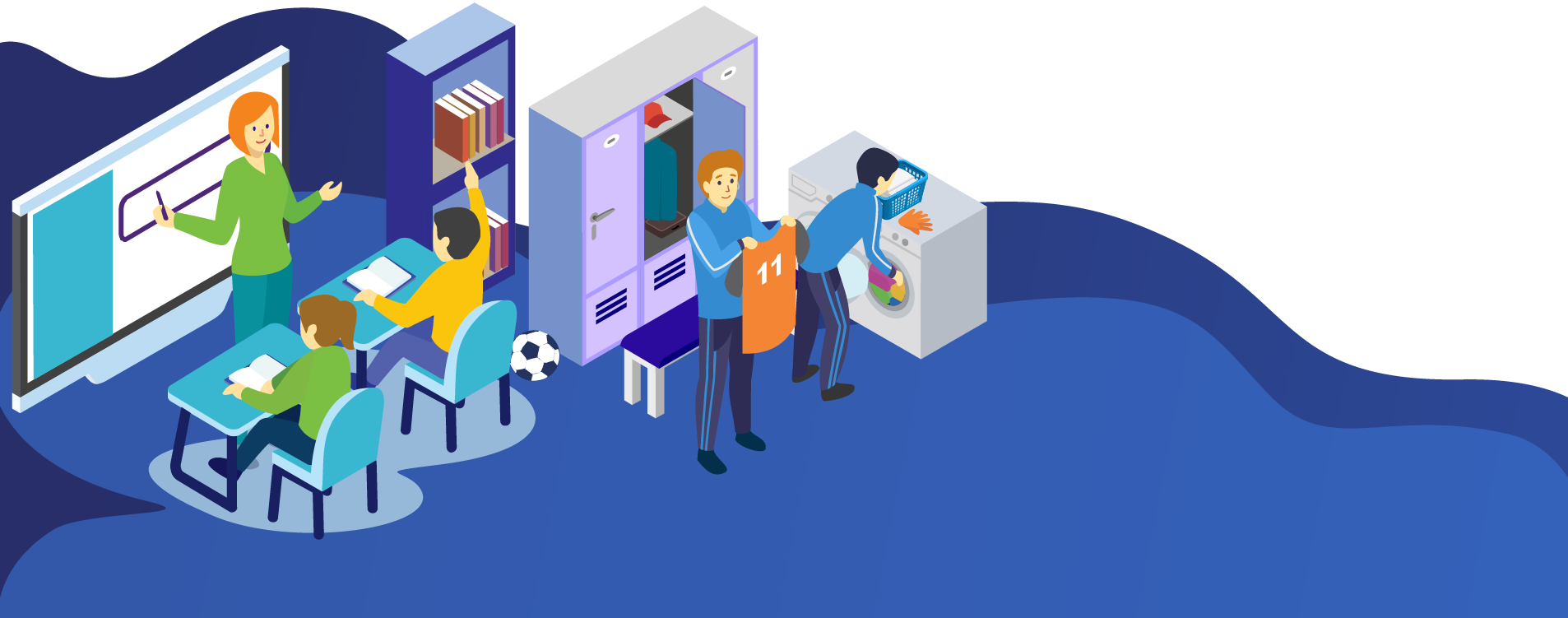Getting a head-start: Why you’re never too young to learn at home
Find out more about the benefits of supporting young kids to learn at home and the technology available for this purpose in this blog from Utility Rentals.

With a staggering one in four kids aged under two years owning a tablet, use of the Internet and apps has ballooned amongst youngsters. Toddlers now spend an average of over an hour per day online; a figure that jumps to more than two hours per day for five to six-year-olds.
So, it’s perhaps little surprise that parents are embracing digital learning opportunities to help their children learn at home.
This article looks at how technology can be used to continue learning outside of the classroom and introduces you to some of the related products.
Let’s dive in!
Why is it important for kids to learn at home?
Young minds should be engaged as often as possible – whether in school or not. Research shows that intellectual stimulation from an early age is beneficial and gives the parts of the brain linked to language and cognition a head-start.
Therefore, if you challenge kids intellectually outside of school as well as in class, they’re more likely to perform well. With technology such as iPads forming an integral part of modern home life, learning at home is also an area that parents can get involved with.
Educational apps for pre-school and primary students
So, with these potential benefits to reap, why not make the most of your little ones’ interest in technology by introducing them to some educational apps they can use to learn at home? They’ll have so much fun they won’t even realise they’re learning!
Here’s a selection of what’s out there:
- Duolingo Kids (4 years +): This free app allows kids to practice their language skills in Spanish, French and English. Users play games and answer questions to improve grammar and vocab.
- ScratchJr (5-7 years): With coding now in the National Curriculum, this app uses simple coding language that kids can use to make interactive stories and games. This allows them to develop problem-solving skills, design projects and express themselves in a creative way using a computer.
- Jolly Phonics (4-11 years): Jolly Phonics is a teacher-approved programme that gets children reading and writing from an early age. It involves teaching 42 letters ‘sounds’ that become the building blocks kids use to decode language.
- Squeebles Spelling Test (5-11 years): This app lets young folks perfect their spelling based on bespoke tests teachers/their parents can design, or by choosing from 200 pre-set tests based on the National Curriculum. Kids earn ‘stars’ for correct answers that they can use in the app’s fun ‘Squeeberang’ game. It’s possible to share tests between devices and the app has a reporting function so you can keep an eye on their progress, too.
- Mathletics (pre-school-18 years): Mathletics is a fun online learning environment that aims to improve students’ maths skills through activities aligned to the National Curriculum. Content covers Foundation Stage to Key Stage 5, and the product includes dynamic tools and reporting functions for teachers.
To sum up…
The benefits of continued learning and collaboration between parents and teachers are clear.
Students use their brains in constructive ways outside of school, which in turn helps with essential skills and knowledge retention.
Parents are also better informed about their child’s strengths and weaknesses than they would be otherwise.
Would you like to find out more about technology to encourage your students to learn at home? Talk to the expert Utility Rentals team today!

